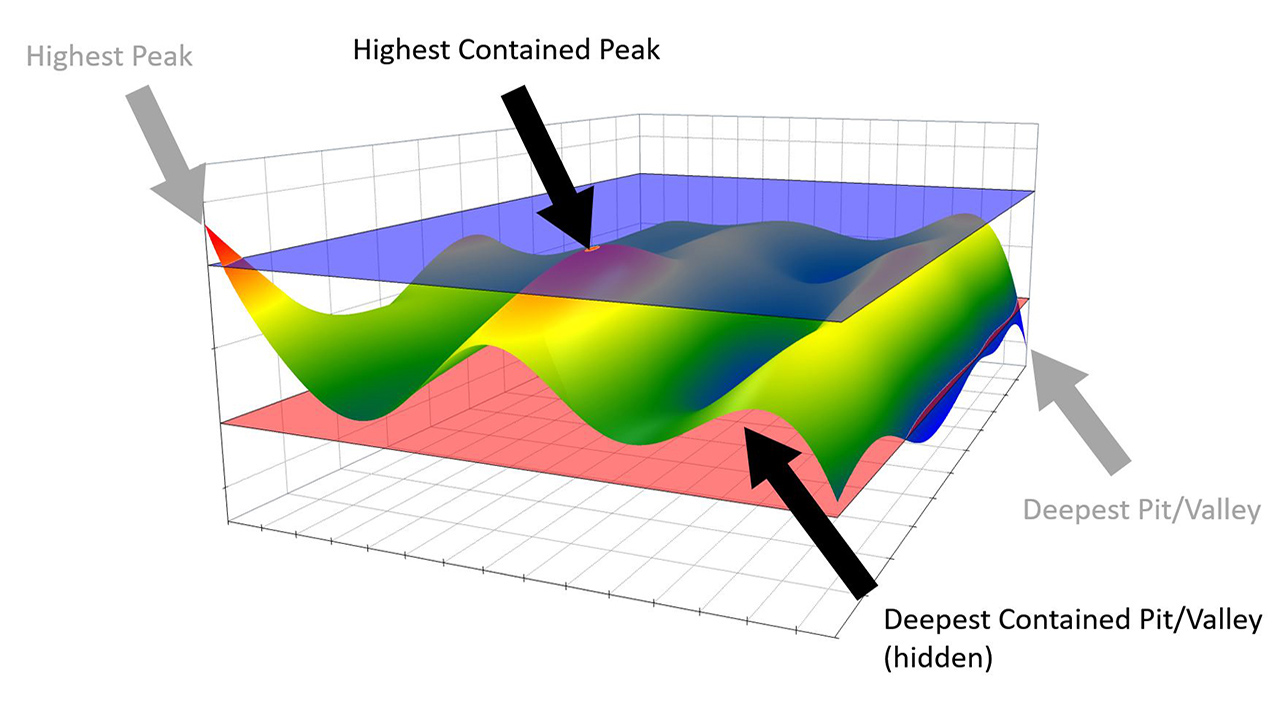Gear tooth waviness is a hot topic these days.
As automobile engines have grown quieter, other noise sources, such as gears, are getting much more attention. We know that mid-wavelength waviness (two to three peaks per gear tooth) correlates to gear noise. What we have been lacking, however, are parameters that correlate to that noise, as well as a reliable process for measuring them so that we can specify and control the issue.
Standard parameters for gear tooth waviness almost always measure points at the edge of the dataset. New parameters in OmniSurf3D focus on the waviness peaks/valleys in the middle of the tooth—where noise is likely to occur.
Our new video, Describing Gear Tooth Waviness with OmniSurf3D, provides a recipe for accurately measuring, filtering and analyzing gear tooth waviness. It introduces two parameters, Wtc and Stc, which correlate much better to noise than traditional parameters such as Wt. We will show you how these parameters, which are unique to OmniSurf3D, are derived—and why they do a better job of describing the gear waviness that can contribute to noise.


